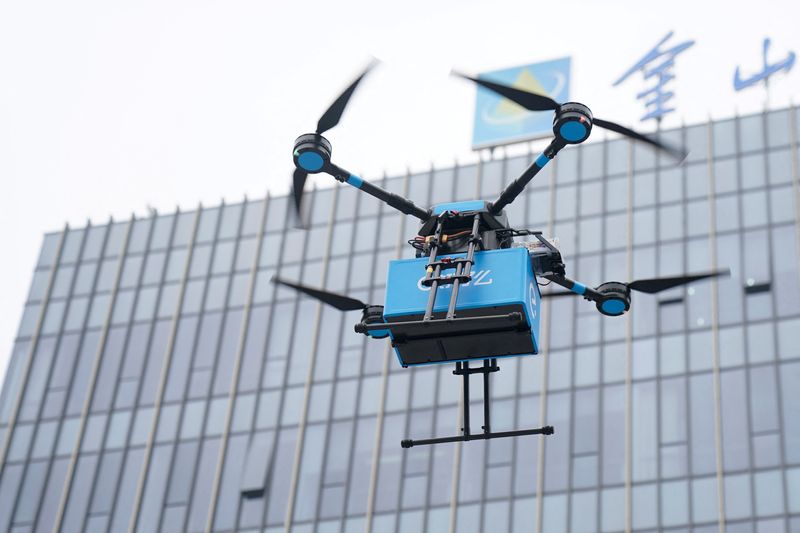China’s low-altitude economy lacks growth roadmap, says industry group
2024.08.27 04:07
BEIJING (Reuters) – China’s nascent low-altitude economy – made up of manned or unmanned aviation services at low elevations – has captured investors’ interest but many lack information and guidance about how the sector could develop, an industry group said on Tuesday.
Initial plans for China’s low-altitude economy often refer to services such as small-scale deliveries of goods at elevations of up to 1,000 metres (3,280 ft). But some localities are also eyeing at airspace of up to 3,000 metres (9,840 ft).
As China loosens airspace curbs and grants incentives to develop the sector, manufacturers in the world’s top drone-making nation are testing ever-larger payloads and transport companies are planning air taxi services both manned and unmanned.
Its aviation regulator foresees a 2-trillion-yuan ($280 billion) industry by 2030 – a four-fold expansion from 2023 – with vertical mobility seen as a “new productive force” in areas such as passenger transport and cargo deliveries.
The sector will be an important driver for a new round of economic growth, said Luo Jun, executive director of the China Low Altitude Economic Alliance, adding that specific ideas on how to build the low-altitude economy were not sufficiently clear.
“There is no mature business model for the low-altitude economy to learn from abroad,” Luo said in a statement. “Many companies are both enthusiastic and confused about the low-altitude economy.”
Luo said in early August, when the China Low Altitude Economic Alliance comprising more than 100 companies was established, that the group would take the lead in guiding cities to quickly develop applications that can be replicated commercially.
To start, infrastructure and supporting services must be built, but duplication should be avoided, he warned.
Chinese civilian drone makers have been testing larger unmanned aircraft to transport cargo this summer, fuelled by ambitions to autonomously ship goods to destinations more than 2,000 km (1,240 miles) away.
Earlier this month, a Shanghai company launched manned helicopter services for travellers looking to cut travel time between Shanghai Pudong Airport and Kunshun, a city in Jiangsu province, to 20 minutes from several hours.

In central Hubei province, the prototype of a civilian airship flew nearly 1,000 km (625 miles) on a test flight last week, with authorities hoping to tap demand for sightseeing tours.
($1 = 7.1257 renminbi)








